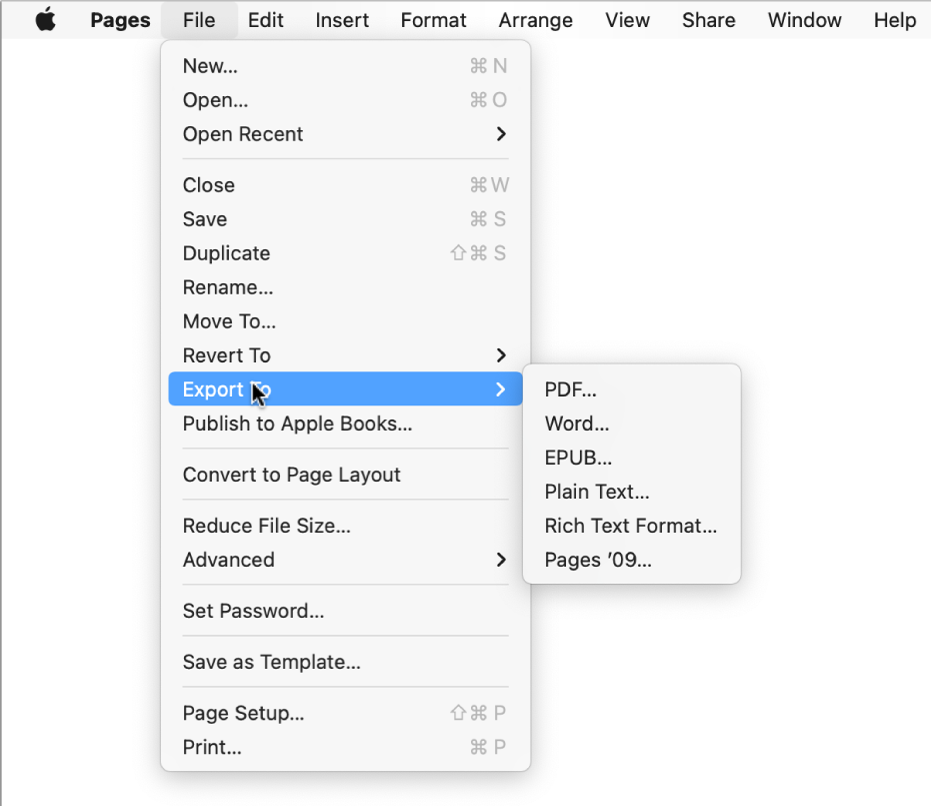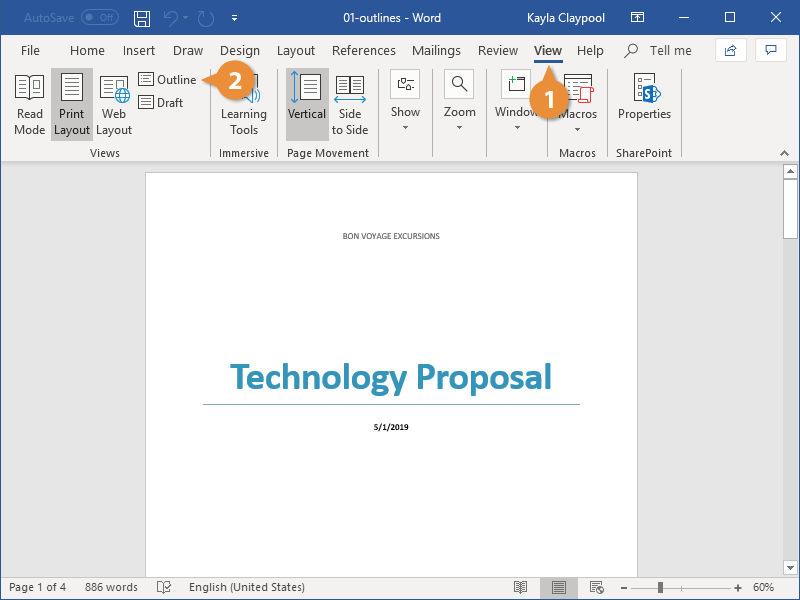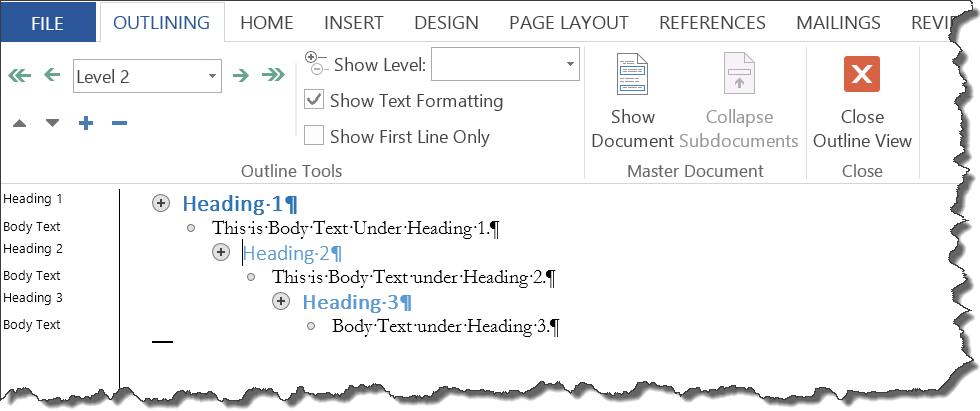

For example, the phrase "for the birds" is simple enough to translate word-for-word, but the meaning may get changed or lost depending on the culture of the reader. Avoid using specific colloquialisms where, if the words translate perfectly, the meaning may not. Globalize examples and avoid specific cultural references and colloquialism.


When you have finished making the desired changes to the border, click the OK button to apply the changes. You can also change the style, color, and width of the order, and add or change art used in the border. This way, someone viewing your document can switch font sets easily if necessary to make it easier to read. You can change the type of border in the Settings section, choosing from Box, Shadow, 3-D, or Custom. Make any changes that you want, and then click Default. On the Format menu, click Document, and then click the Layout tab. Instead, write out the month and date to remove ambiguity. Open the template or a document based on the template whose default settings you want to change. For example, 6/12 can mean either June 12th, or December 6th. Make sure that you don't use date and time formats that mean different things in different regions.
Don’t use ambiguous date and time formats. Word includes built-in translation tools that, while not perfect, work pretty well when translating something simple. When working on documents meant for an international, multilingual audience, there are a few best practices to keep in mind. Best Practices for International Documents This will open a dialog box where you can access all of the basic settings, plus some more advanced ones that you won't find on the Ribbon.The language preferences are updated. To find out if you can customize the default settings for a certain element, look for an arrow in the bottom-right corner of the group. You can't change the default settings for everything in Word, but there are certain tools and features that give you this option. Luckily, you can customize many of the default settings in Word. Maybe you even work for a company that has very specific document standards-regarding the color scheme or layout-and you're tired of changing these settings every time. Maybe you like all of your documents to have narrower margins so you can fit more information on the page. Maybe you prefer a different font style instead of the default Calibri. There may be certain settings in Word that get on your nerves, like default settings that you find yourself changing over and over-the paragraph spacing, the font size-each time you start a new document. en/word-tips/how-to-create-a-bibliography-or-works-cited-page-in-word/content/ Changing your default settings in Word Lesson 17: Changing Your Default Settings in Word







 0 kommentar(er)
0 kommentar(er)
